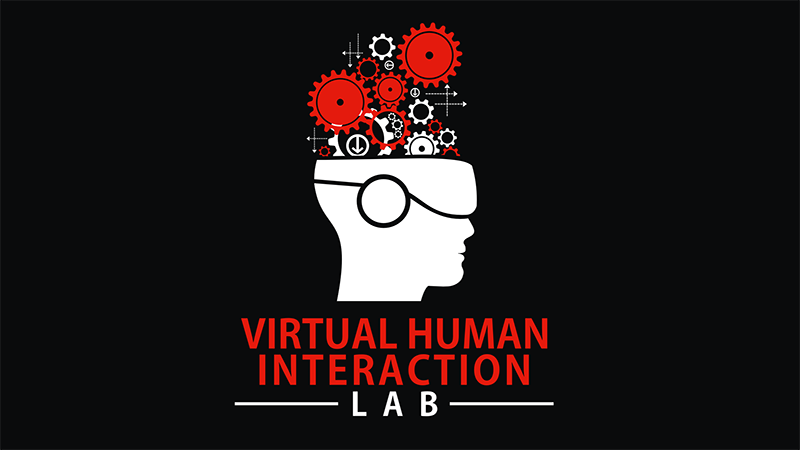VR is supposed to make our planet greener. A VR game should influence the thinking and behaviour of consumers in favour of the environment.
How drastic are the effects of plastic on our world really? A study by the University of California in Santa Barbara shows it: since 1950, humans have produced 8.3 billion tonnes of it - as much as a billion elephants weigh. Spread out knee-high, the plastic would cover a surface the size of Argentina. 80 per cent of it is never recycled and ends up in landfill.
Shocking figures, but most of them don't make much of a difference. Consumers continue to behave in the same way. Most of us never even see the part of the environment that is being damaged.
Using VR to positively influence people's actions
Jeremy Bailenson, Professor of Communication at the Stanford University (USA), has developed a way to make the pollution of our oceans understandable to everyone. With his Virtual Human Interaction Lab (VHIL) team, he developed a virtual reality game last year that not only explains environmental phenomena, but also challenges those who play it to rethink their actions in real life.
"In the fight against climate change, one of the biggest challenges is to make people understand how a high-fuel-consuming car or a poorly insulated house contributes to the problem," says Bailenson. "With virtual reality, everyone, no matter where they are, can experience how urgent it is to prevent environmental catastrophe."
The VHIL has already conducted several experiments with VR - the results are astounding: someone who had seen a redwood tree being felled in virtual reality was more likely to use paper more sparingly. If the test subjects had taken a virtual shower and seen their avatar in the simulation eating coal with as much calorific value as was needed for heating, they subsequently saved water.
Virtual reality and the acidic oceans
After these simple experiments, the scientists turned their focus to ocean acidification. To combat this, the team set up a VR experience on a reef off the Italian island of Ischia. Here, volcanoes on the seabed create the same effect as acidification. Through virtual reality, the player becomes part of the reef and experiences the process of dying life accelerated. The CO2 drains the colour from the initially dazzling coral world full of life, until in the end only a dreary structure without life remains.
Users are picked up through involvement and emotions
Those who had dealt with the issues in VR were more likely to change their habits than if they had read about them or watched a film. Virtual reality awakens the empathy of users - who are then more willing to take action.
Read about other projects in this area the day after tomorrow.
Source: huffingtonpost / University of Standord / Youtube









